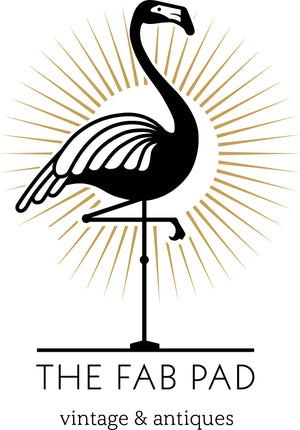BUY IT NOW - Whimsical Eastlake Cabinet, Made in 1870, with Fabulous Intricate Design
This is a piece with a story. It is made in the Eastlake style, which requires a slight tangent to explain further: in 1868, a British man named Charles Locke Eastlake published a book called "Hints on Household Taste in Furniture", which was a roaring success in Britain and thus made it's way to the United States. In the book, Eastlake advocated for a design movement away from the traditional gothic look of Victorian furniture, towards a cleaner, more modern look with geometric shapes. Eventually however, other movements like Arts & Crafts and Art Nouveau took over, meaning Eastlake appeared for a relatively short period of about 20 years.
In this petite cabinet we have a fine example of Eastlake style, incorporating all of the typical elements, such as incised carving, turned spindles, ball and stick, and even a bit of Eastern influence in the Asian style bracket below the bottom left shelf. Made of either walnut or cherry, it retains its original dark varnish, as well as ornate brass hinges on the single cabinet door. We've repaired and strengthened this piece to make it sturdy, but have otherwise left it in original condition. After 150 years, the backing board has some separation, as do the two main flat surfaces - however these are all now stabilized, and in our opinion, add to the character of the piece.
Perhaps most interestingly, there is an inscription on the back, handwritten in pencil (pictured). It reads:
"Hand maid (sic) in 1870 by Alford Dilen (?) Phila (Philadelphia) PA (Pennsylvania) whe (sic) he was learning to be undertaker John K Mendenhall Jr 3 great uncle"
We haven't been able to find any information on Alford, as his last name is quite obscured. However, the reference to John K Mendenhall Jr as Alford's 3rd great uncle seems to refer to a Quaker man born in 1688 in Pennsylvania, which would fit, generation-wise, to be Alford's great-great-great uncle. I could not find any significant historical significance to this John K Mendenhall Jr, other than a note that in Pennsylvania genealogy that states it is believed that all American Mendenhalls are descended from John or his brother, Benjamin. As an interesting sidenote, the Quakers made a petition the same year John Jr was born, stating their objection to slavery.
This fascinating piece is as intricate as the mysteries it still holds, and would make an amazing addition to a hallway, entryway, living room, or just about any place a truly unique cabinet could go. Potentially one of a kind. 32.25"W x 12"D x 59"H, Was $1495, BUY IT NOW for $600













